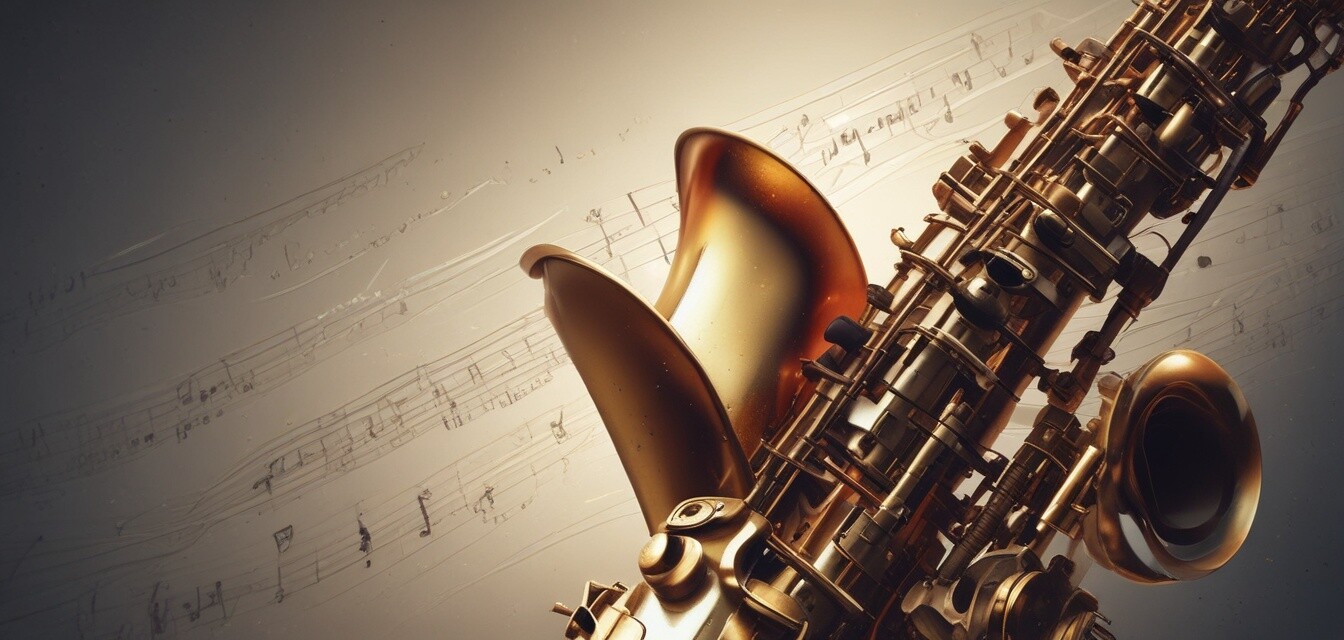
Tenor Saxophone’s Influence on Electronic Music
Key Takeaways
- The tenor saxophone has a unique role in shaping the sound of contemporary electronic music.
- It merges traditional jazz elements with modern electronic beats.
- Notable artists and tracks highlight the saxophone's versatility within various electronic music genres.
- The fusion of acoustic and electronic sounds creates fresh listening experiences and styles.
- Exploring the maintenance and care for your saxophone is essential for long-lasting performance.
The tenor saxophone has carved out a significant space in contemporary electronic music, contributing to unique sounds that blend traditional jazz techniques with modern electronic beats. This article delves into how the tenor saxophone is enriching the domain of electronic music, showcasing its influence through various artists and tracks.
The Evolution of Electronic Music
Electronic music has evolved rapidly since its inception, incorporating diverse influences and instruments, including the tenor saxophone. Initially rooted in experimental sounds, electronic music has grown to embrace a wide variety of styles ranging from techno to ambient.
As artists seek innovative ways to diversify their musical palettes, the saxophone’s rich tonal qualities pair beautifully with digital sounds, leading to a fascinating fusion.
Tenor Saxophone Characteristics
The tenor saxophone stands out in its range and timbre, making it an excellent choice for blending with electronic music. Here are some characteristics that contribute to its unique sound:
- Rich Tone: The tenor saxophone produces a warm, full-bodied sound that resonates well in various music genres.
- Versatility: It can be played in numerous styles, from smooth jazz to upbeat funk, making it adaptable for electronic music.
- Expressive Techniques: Utilizing techniques like growling, flutter-tonguing, and overtones, it adds a distinct flair to tracks.
Electronic Music Genres Embracing the Tenor Saxophone
The intersection between the tenor saxophone and electronic music is most evident in several genres. Some of these include:
| Genre | Description | Notable Artists |
|---|---|---|
| Jazz Fusion | A blend of jazz harmony and rhythms with rock and funk influences. | Kamasi Washington, Robert Glasper |
| Downtempo | Slow-paced electronic music often characterized by relaxing beats. | Bonobo, Thievery Corporation |
| Ambient | A genre focusing on creating atmospheric soundscapes. | Tycho, Brian Eno |
| House | A genre known for its repetitive beats and synthesized sounds. | Disclosure, Kaytranada |
Notable Tracks Featuring the Tenor Saxophone
There are countless tracks where the tenor saxophone shines within electronic music. Here are a few noteworthy examples:
- "Chances" by Disclosure - Features a captivating saxophone solo that elevates the track.
- "Yugen" by Koan Sound - Blends smooth saxophone riffs with intricate electronic arrangements.
- "Seeing Things" by Bonobo - A masterful fusion of saxophone and downtempo rhythms.
- "So Good to Me" by Chris Malinchak - This track incorporates uplifting saxophone melodies layered over deep house beats.
Impact of the Tenor Saxophone on the Sound
The integration of the tenor saxophone into electronic music creates a soundscape that deepens the listener's experience. Here are ways it impacts the overall sound:
- Emotional Depth: The saxophone lends emotional weight to tracks, bridging the gap between electronic beats and human expression.
- Melodic Complexity: Adds melodic lines that enrich the harmonic structure of electronic music.
- Improvisation: Artists often incorporate improvisational elements, providing a unique listening experience in every performance.
Maintenance of Your Tenor Saxophone
To maintain the rich sound and longevity of your tenor saxophone, regular care is essential. Consider these maintenance tips:
- Regularly clean the instrument and swab the inside after each use.
- Inspect pads and adjust keys to ensure proper functionality.
- Store your saxophone in a controlled environment to prevent damage.
- Consider regular professional servicing to keep your saxophone in top condition.
Conclusion
The tenor saxophone has established itself as a dynamic presence in contemporary electronic music, adding layers of depth and emotion to various genres. The beauty of this fusion speaks to the versatility of the saxophone and its ability to connect with modern audiences. Whether you’re a saxophonist exploring electronic music or simply an enthusiast who appreciates this unique blend, the impact of the tenor saxophone on the genre is undeniable.
Getting Started with Electronic Music on Tenor Saxophone
- Start by listening to tracks that fuse tenor saxophone with electronic music to understand style and application.
- Experiment with different types of electronic effects that can enhance your saxophone sound.
- No matter your expertise, practice regularly to develop your unique sound.
- Engage with online communities focused on both saxophone playing and electronic music.
Pros
- Rich tonal quality that adds depth to electronic music.
- Versatile instrument adaptable to various genres.
- Enhances emotional expression within compositions.
Cons
- May require additional equipment to integrate with electronic setups.
- Maintenance can be time-consuming.
- Learning curve when adapting traditional techniques to electronic genres.
For more insights into the world of tenor saxophones, check out our Buying Guides or explore News and Trends related to the latest innovations in saxophone technology.